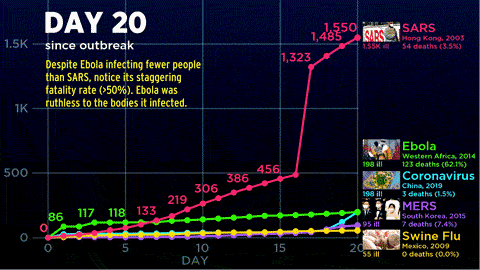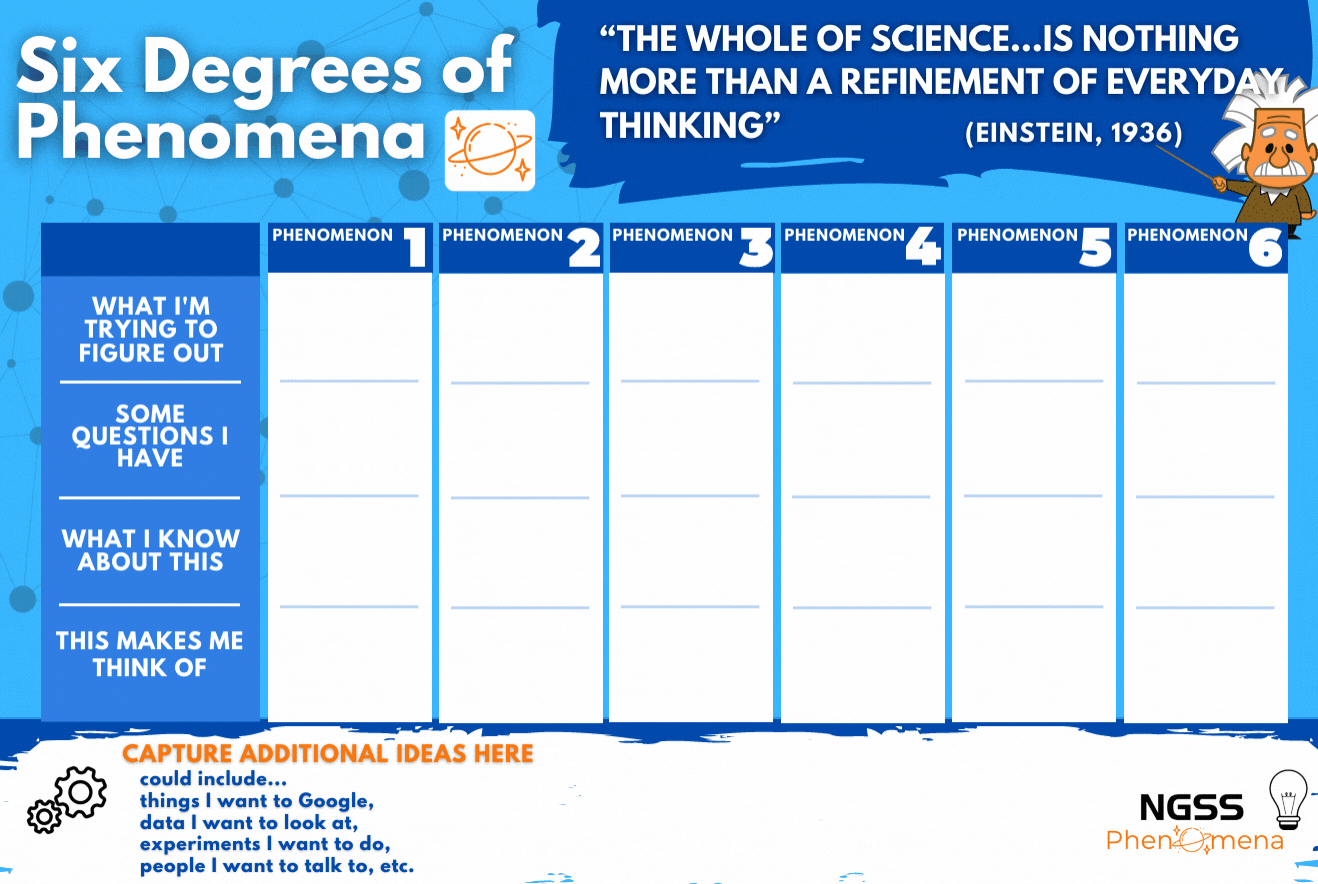phenomena sparks - science in the news
Welcome to the Phenomena Sparks blog post. Today, we are going to focus on a science topic that is in the news and think about what questions we and our students could have.
How can we frame a current event to connect science learning to the real world?
The coronavirus is here and it has captured our attention. How might we go about getting a better understanding of what viruses are in order to prevent such widespread panic facing a new virus? When students are naturally curious about events that are happening around them it brings authenticity to the classroom - let’s capitalize on the motivation that comes with their questions.
coronavirus is part of a family?
Scientists and public health officials have a pretty good understanding of the flu - yet we still need to develop a new flu shot every year. We think of the flu as a virus, and a lot of us get flu shots while others are worried that the shot will give them the flu. But what is a virus? How are some well understood and yet, we know little about this coronavirus?
Here’s where I get confused - the coronavirus is a family of viruses. The disease has been named COVID-19, short for coronavirus disease first detected in 2019. SARS (Severe Acute Respiratory Syndrome) is also a coronavirus. How can one virus be related to another? Shouldn’t we be able to understand it more quickly if we have been exposed to a similar type of virus in the past?
Sometimes when we get sick we can take antibiotics - why can’t we just take antibiotics for the coronavirus? The Center for Disease Control recently shared that it will take over a year to develop a vaccine for the COVID-19, what goes into creating a vaccine? How can we make sure that the vaccine will even work or if it is safe?
how can there be a new and contagious virus?
How does the coronavirus spread? Do viruses have ENERGY & MATTER? Why is this virus more contagious than others that have spread? Is this a more STABLE virus? How can the STRUCTURE of a virus help us understand more about its’ FUNCTION? We have many images of COVID-19 - how might these pictures help us?
Thinking about STRUCTURE and FUNCTION, whats the deal with these viruses moving from one species to another? Aren’t the host organisms different structurally? And why doesn’t everyone get it who is near it? Is there something different about each of us and the way we interact with the environment or with a virus? Should we be looking at more than just what the virus looks like?
We keep hearing about this being a new virus - how can there be a new virus? Where does a virus even come from? How do viruses change? Are all viruses related?
what’s up with the rate of infection?
Enough about the virus - what about me and my community. As with other outbreaks and public health issues - there are a lot of data, a lot of space to think about and when did this all happen. It’s complex and we need tools to make sense. How can we use math and data analysis to make sense of a very complex scenario? How can we tell if something is more risky or deadlier?
Why are there certain times where viruses like the flu or H1N1 seem to be more impactful? What do these projections tell us about how we might approach fighting these viruses?
What is unique about the conditions where coronavirus started to spread? Is there some way we can build a predictive model, and if so, would it even be accurate? What would we need to consider in this type of model? If there are a lot of viruses, why doesn’t this happen all the time - a novel virus causing a public health emergency? Why doesn’t it make you sick right away? Where is it and what is it doing in our body? What is up with the lag time?
A lot of scientists use math as a critical tool for sensemaking. SEP 5: Using Mathematics and Computational Reasoning is necessary in order to understand complex phenomena in the world. How can math help us tell this story? Can using math help us to put key concepts like total number of people with the disease and how many people died in a comparable unit be vital to reporting about these outbreaks?
How is all of this information communicated?
Image from Reuters - Link to article
Scientists have a peer review process to communicate their research finding - however, this can take time. What happens if there are issues that are critical or we need information right away?
For example, of the 153 studies that have been published on the new coronavirus - 92 were not peer reviewed. When we are Obtaining, Evaluating, and Communicating Information (SEP 8), a scientific consensus is important - especially during a public health crisis.
As a community within our classroom can we locate, synthesize and evaluate credible information about this coronavirus to assess the myriad of published and online articles and critique or even correct them? Maybe we build a hub of resources or publish our own criteria for sharing information about coronavirus? Or create our own peer review process as we explore other phenomena?
some resources to help support students in understanding
https://www.nature.com/articles/d41586-020-00154-w
https://www.sciencenews.org/article/coronavirus-cases-deaths-countries-symptoms-contagious
Post written by Chris Zieminski and TJ McKenna for ngssphenomena.com
Comment below, or email ngssphenomena@gmail.com.









